Toys are an important element of childhood because they provide children with pleasure, education, and an opportunity to express their creativity and imagination. To ensure that children get the most out of their playing while simultaneously encouraging their growth and safety, it is critical to choose age-appropriate toys. In this article, we’ll look at a number of toys and offer advice on how to select the finest toys for children of all ages.
Toys that are age-appropriate are those that are suited for a child’s developmental stage and age group. These toddler toys have the goal to address the physical, cognitive, social, and emotional requirements of children. Choosing toy products or brands that are age-appropriate is important since they may keep kids engaged and entertained while also assisting in their learning and development of new abilities.
Toys should be age-appropriate for the child’s developmental stage, which will vary based on the child’s age group. For instance, young toddlers need toys that are simple to grab and handle, but school-aged children might choose toys that encourage creativity and problem-solving.
Understanding Child Development
Understanding child development is a crucial aspect of choosing age-appropriate toys. Child development refers to the tangible, cognitive, social, and emotional changes that take place as a child grows and develops. By understanding the typical developmental milestones for different age groups, parents can select toys that support their child’s growth and development.
Each stage of a child’s development is identified by particular developmental milestones.
Some of the key developmental stages include:
- Infancy: During this stage, children learn to develop their motor skills, such as grasping, reaching, and crawling. They are also learning to communicate through crying, babbling, and other vocalizations.
- Toddlerhood: This stage is marked by the development of gross and fine motor skills, such as walking, running, and grasping objects. Children are also learning to communicate using words and beginning to form their own personalities.
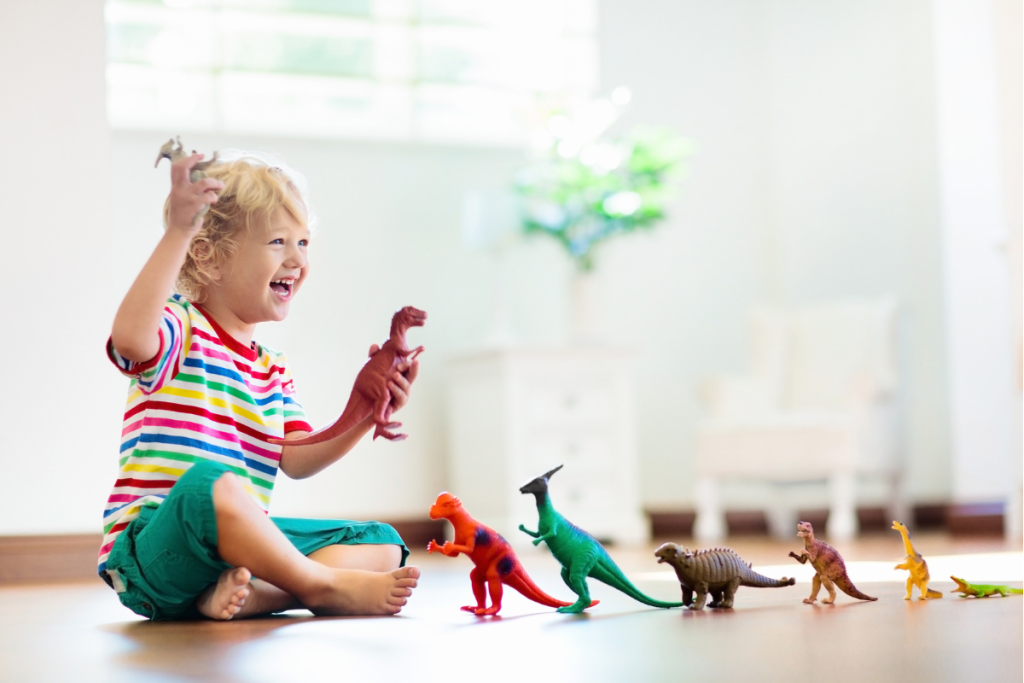
- Preschool Years: During this stage, children continue to develop their motor skills and begin to engage in more complex play activities. Along with honing their early literacy and numeracy skills, they are also learning how to communicate and associate with others.
- School-Age Years: Children at this age are acquiring increasingly sophisticated cognitive and social abilities, such as empathy, problem-solving, and critical thinking. They are also developing their interests and hobbies, which can influence the types of toys they prefer.
- Adolescence: This stage is marked by significant changes in physical, cognitive, and emotional development. Adolescents are developing their identities and exploring new interests and activities. They may also experience emotional challenges as they navigate the transition to adulthood.
Toy Categories By Age Group
Toys are created to fulfill the developmental requirements and interests of children of various ages. Choosing toys that align with a child’s age group can help to foster their growth and development. Toy categories broken down by age group are shown here as examples:
Toddlers (Ages 1-3) And Infants (0–12 Months)
A child’s growth is crucial during the early years of life since this is a time of fast physical, mental, and emotional change.
During this period, infants require toys that promote their sensory and motor skills, encourage exploration, and provide a sense of security.
Infants at this stage rely largely on their senses to explore and make sense of their surroundings. Therefore, toys that have bright colors, interesting textures, and different sounds can be very appealing to them. Soft toys such as stuffed animals and blankets are popular choices as they provide comfort and promote tactile stimulation.
Toddlers are at a stage where they are starting to explore their environment actively. They are curious and eager to learn, and they require toys that can promote their gross and fine motor skills, encourage creativity, and enhance their social and emotional development.
Recommended Kids Toys
Here are some toys that are suggested for babies:
Sensory Toys
Sensory toys are toys that stimulate one or more of a child’s senses, such as touch, sight, hearing, taste, and smell. These toys are particularly beneficial for children with sensory processing issues, but they can be enjoyed by all children.
Sensory toys come in a wide range of shapes, sizes, and textures, as well as materials like foam, rubber, wood, or fabric. Some common examples of sensory toys include squishy balls, textured blocks, musical toys, water play toys, and scented toys. The following are some of the advantages of sensory toys for children:
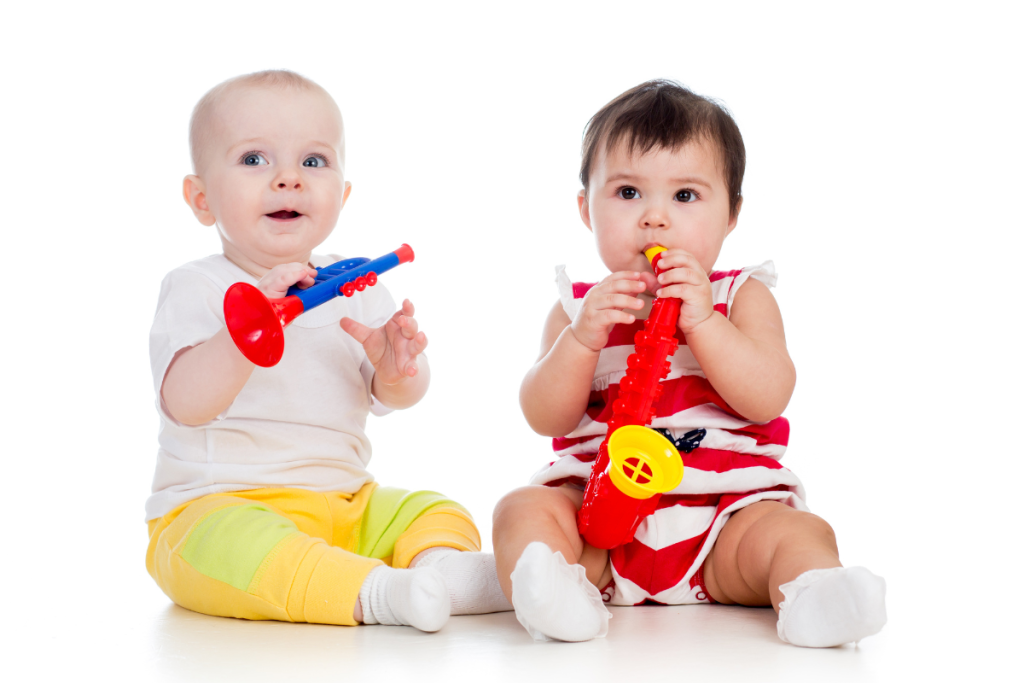
- Improves Sensory Processing Abilities: Sensory toys provide many sorts of sensory stimulation to youngsters, which can aid in the development of their sensory processing skills. This includes their ability to regulate their responses to sensory input and understand how different sensations relate to one another.
- Enhances Fine And Gross Motor Skills: Many sensory toys require children to use their fine and gross motor skills to manipulate and explore the different textures, shapes, and sounds. This can be particularly beneficial for children who struggle with fine and gross motor skills.
- Encourages Exploration And Curiosity: Sensory toys offer children the opportunity to explore and investigate different textures, smells, and sounds, which can help develop their curiosity and desire to learn.
- Calming Effect: For children who experience sensory overload, sensory toys can provide a calming effect. Playing with sensory toys can help them regulate their emotions and relax.
- Can Be Used For Therapeutic Purposes: Sensory toys are often used in occupational therapy or sensory integration therapy to help children with sensory processing issues.
Soft Toys
Soft toys, often known as plush toys or stuffed animals, are a type of toy that is constructed of soft fibers such as cotton, polyester, or plush. These toys range in size and shape, from small cuddly animals to big plush characters.
Soft toys are particularly popular among young children, and they offer several benefits for child development. The following are some of the advantages of soft toys for children:
- Emotional Support: Soft toys can provide emotional support to youngsters, especially during stressful or difficult situations. These toys can provide a sense of familiarity and stability, acting as a source of comfort and security.
- Encourages Imaginative Play: Soft toys can help children develop their imaginative and creative skills. Children can use soft toys to create imaginary scenarios, act out different roles, and express their emotions.
- Develops Social Skills: Soft toys can also help children develop their social skills by providing an opportunity to practice social interactions. Children can use soft toys to play and communicate with others, improving their communication and socialization skills.
- Promotes Empathy And Nurturing Skills: Soft toys can help children develop empathy and nurturing skills by encouraging them to care for their toys. Children can pretend to feed, bathe, and comfort their soft toys, learning how to take care of others.
- Provides Sensory Stimulation: Soft toys can provide sensory stimulation for children through their various textures, colors, and shapes. This stimulation can help children develop their sensory processing skills, including their ability to regulate their responses to sensory input.
Examples of Soft toys:
- Rattles: Rattles are an excellent toy that can help infants develop their grasp and hand-eye coordination. They provide auditory and visual stimulation, and their noise can be exciting to infants.
- Teething Toys: Toys for teething can help infants who are going through the teething period. They come in different shapes and textures, and they can be chilled to provide additional comfort.
- Mobiles: Mobiles are a popular choice for infants as they provide visual stimulation and encourage the development of visual tracking skills. They come in different colors, shapes, and sizes, and their movement and sound can be soothing to infants.
Preschoolers (3-5 years)
Preschoolers are improving their cognitive, social, and emotional skills as well as growing more autonomous. They require toys that can promote their creativity, imagination, and problem-solving abilities, and that can help them prepare for school. Here are some recommended toys for pre-schoolers:
Pretend Play Toys
Pretend play toys are toys that encourage children to engage in imaginative and creative play. These toys allow children to assume numerous roles and act out various scenarios, such as playing house, pretending to be doctors, or dressing up as their favorite characters.
Pretend play toys can be anything from dress-up clothes, play kitchens, and toy tools to playhouses, dolls, and action figures.
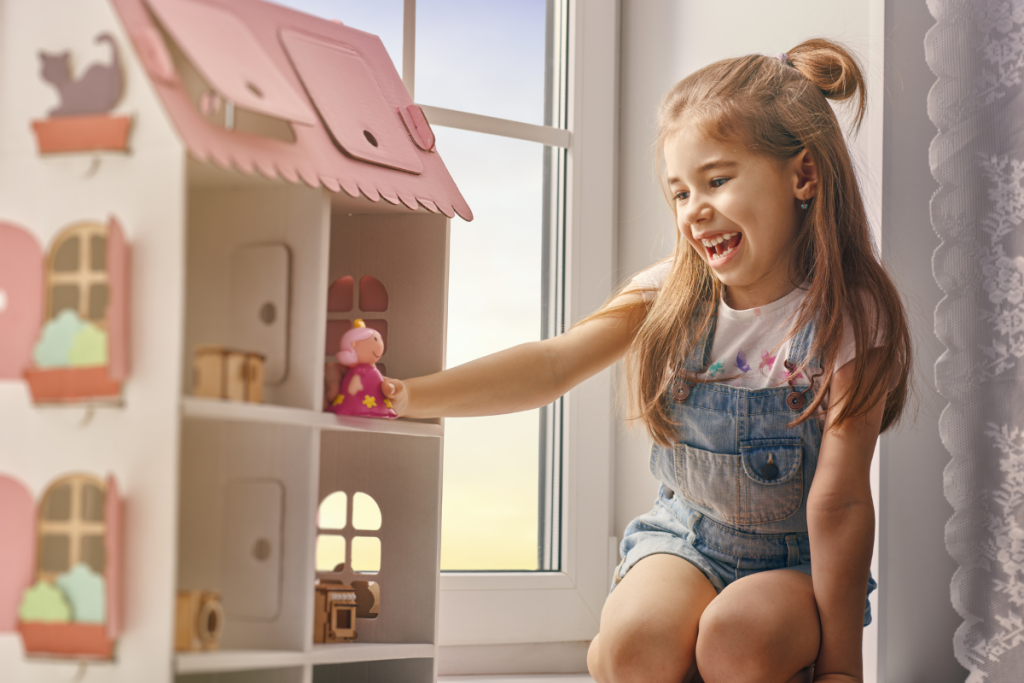
There are several benefits of pretend play toys for children:
- Encourages Creativity: Pretend play toys allow children to use their imaginations and creativity to create their own storylines and scenarios. They can explore different roles and experiment with different emotions and reactions, developing their creative thinking skills.
- Enhances Social Skills: Pretend play toys encourage children to play and interact with others, which helps to develop important social skills such as cooperation, communication, and sharing. Kids learn to negotiate roles and work together to create a shared narrative, which can help build social confidence and empathy.
- Builds Cognitive Skills: Pretend play toys can help children develop cognitive skills such as problem-solving, planning, and decision-making. Children learn to think critically and creatively, solve issues, and make decisions about what to do next as they engage in imaginative play.
- Supports Emotional Development: Pretend play can help children express their feelings and emotions in a safe and fun way. Role-playing allows children to explore and experiment with various emotions while also learning how to manage and regulate their own emotions.
Construction Toys
Construction toys are toys that allow children to build and create structures, cars, and other objects out of building blocks, bricks, tiles, and other materials. These toys allow kids to express their creativity, problem-solving talents, and spatial reasoning skills by designing and building their own creations.
There are different types of construction toys available in the market, such as building blocks, magnetic building sets, construction sets, and engineering toys. Each type of toy has its unique benefits for child development.
Building blocks are one of the most popular types of construction toys for younger children. These toys are typically made from wood or plastic and come in different shapes and sizes. Younger children can use these blocks to build simple structures such as towers, walls, and bridges. Building blocks help children develop their fine motor skills, hand-eye coordination, and spatial reasoning abilities.
Magnetic building sets, such as magnetic tiles, are another type of construction toy that has gained popularity in recent years. These toys use magnetic forces to connect different pieces and allow children to build complex structures such as castles, cars, and robots. Magnetic building sets are excellent for developing children’s spatial reasoning skills and creativity.
Construction sets are another popular type of construction toy that includes plastic or metal components that can be assembled to create complex structures such as vehicles, airplanes, and buildings. These sets often come with detailed instructions that children can follow to build specific designs, but they also encourage children to use their imagination to create unique structures.
Engineering toys, such as circuit building sets or robotic kits, are another type of construction toy that helps children learn about engineering concepts and principles.
There are several benefits of construction toys for children:
- Develops Problem-Solving Skills: Construction toys require children to think critically and use problem-solving skills to figure out how to build and create their designs. As they encounter challenges, they must devise innovative strategies to overcome them.
- Enhances Spatial Reasoning Skills: Construction toys help children develop their spatial reasoning skills by allowing them to visualize objects in three dimensions and understand how they fit together. As children manipulate building blocks or other construction materials, they learn about size, shape, and space, which can be beneficial for math and science skills.
- Encourages Creativity: Construction toys allow children to use their imaginations and creativity to build and design their own creations. They can play around with various forms, sizes, and colors to create something unique and individualized.
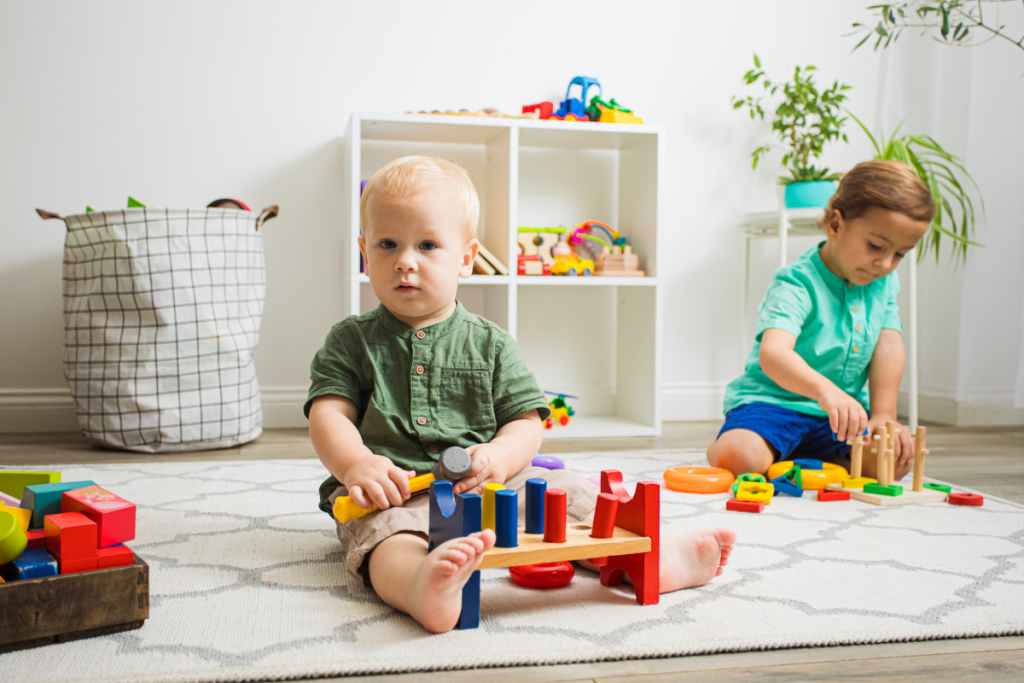
- Fosters Teamwork: Building with construction toys can be a collaborative activity, allowing children to work together to create a shared vision. This can teach children how to interact effectively, share ideas, and collaborate toward a common objective.
- Develops Fine Motor Skills: Construction toys require children to use their fine motor skills to manipulate small building blocks and other materials. This can be beneficial for developing hand-eye coordination and dexterity.
School-Age Children (6-12 Years)
School-age children, often between the ages of 6 and 12, are learning cognitive, social, and emotional abilities. They require toys that can challenge their thinking, promote creativity and imagination, and encourage social interaction. Here are some characteristics of school-age children and recommended toys for this age group:
Educational toys
Educational toys are toys that are designed to promote learning and development in children. These toys can help youngsters develop a number of talents, including cognitive, physical, social, emotional, and language skills.
Educational toys come in various forms, including puzzles, building blocks, games, and electronic toys, and they are typically designed to be fun and engaging while also providing educational benefits. The following are some of the benefits of educational toys for children:
- Promotes Learning: Educational toys are intended to teach children new skills and concepts like problem-solving, math, language, and science. These toys can assist youngsters in learning in a pleasant and engaging manner, making the process more pleasurable and effective.
- Stimulates Creativity: Encourages children to think outside the box and come up with new ideas. Many educational toys are designed to enhance children’s creativity and imagination, encouraging them to think outside the box and generate new ideas.
- Enhances Fine And Gross Motor Skills: Many educational toys require children to use their fine and gross motor skills, such as hand-eye coordination, dexterity, and balance.
This can aid in the development of children’s physical talents, which are necessary for healthy growth and development. - Improves Social Skills: Educational toys can also help children develop their social skills by providing opportunities for cooperation, communication, and teamwork. Many educational toys, such as board games or building sets, require children to work together, which can improve their socialization skills.
- Builds Confidence: Educational toys can help children build confidence and self-esteem by providing opportunities for success and achievement. When children successfully learn new abilities or complete a task, they experience a sense of pleasure and accomplishment, which can enhance their confidence and motivation.
When choosing educational toys for children, it’s important to consider the child’s age, interests, and individual needs. Educational toys should be age-appropriate, safe, and engaging. It’s also important to choose toys that align with the child’s interests and preferences, as this can increase their motivation and enjoyment.
Active Play Toys
Active play toys are toys that encourage physical activity and movement in children. These toys can aid in the development of gross motor skills, coordination, balance, and strength in youngsters, as well as encourage a healthy lifestyle. Active play toys come in various forms, including ride-on toys, balls, sports equipment, and climbing structures, and they are typically designed to be fun and engaging while also providing physical benefits. The following are some of the advantages of active play toys for children:

- Encourages Physical Activity: Active play toys help children to move their bodies and engage in physical exercise, which is vital for healthy development and growth. Physical activity on a regular basis can help youngsters maintain a healthy weight, enhance cardiovascular health, and develop strong bones and muscles.
- Develops Gross Motor Skills: Many active play toys require children to use their large muscle groups, such as their legs, arms, and core muscles. This can assist youngsters in developing gross motor abilities such as coordination, balance, and spatial awareness.
- Improves Mental Health: Physical activity has been found to provide several mental health advantages, including stress and anxiety reduction, mood improvement, and increased self-esteem. Active play toys can provide a fun and enjoyable way for children to engage in physical activity, improving their mental health and well-being.
- Enhances Social Skills: Active play toys can also help children develop their social skills by providing opportunities for cooperation, communication, and teamwork. Many active play toys, such as sports equipment or group games, require children to work together, which can improve their socialization skills.
- Increases Creativity And Imagination: Active play toys can also help children develop their creativity and imagination by providing opportunities for exploration and experimentation. Children can use active play toys to create imaginary scenarios, act out different roles, and express their emotions, promoting creativity and imagination.
Factors To Consider When Shopping For Toys
There are various crucial elements to consider while selecting toys for children of all ages.
These qualities can assist guarantee that children’s toys are not only age-appropriate, but also safe, educational, and pleasurable. Here are some important variables to consider:
- Safety: When selecting toys for children, the main consideration should always be safety. Check that the toy you select is appropriate for the child’s age and developmental level and that it has been safety tested. Check for small parts that could be a choking hazard, sharp edges or points, and potential toxins or allergens.
- Educational Value: Toys can be fantastic learning aids, and picking toys that are both enjoyable and informative can help youngsters develop new skills and information.
Look for toys that encourage creativity, problem-solving, and critical thinking, such as puzzles, building sets, and art supplies. - Playability: The best toys are those that kids actually want to play with. Look for toys that are fascinating, engaging, and fun to play with.
Consider the child’s interests and preferences, as well as their developmental level, when selecting toys. - Interactivity: Toys that promote social interaction and communication can be particularly valuable, especially for younger children. Toys that enable children to engage with others, such as board games, dolls, or playsets, should be considered.
- Durability: Well-made, robust toys can endure longer and deliver greater value over time. Look for toys that are made from high-quality materials and are designed to withstand rough play.
The Benefits Of Age-Appropriate Toys
Age-appropriate toys are critical for child development since they can provide several benefits to children of various ages. Here are some of the benefits of age-appropriate toys:
- Encourages Development: Toys for children of different ages can help them develop a number of skills, including physical, cognitive, social, and emotional development. Toys that encourage sensory exploration and fine motor ability, for example, may be beneficial to newborns and toddlers, whereas toys that encourage problem-solving and critical thinking may be beneficial to school-age children.
- Enhances Creativity And Imagination: Age-appropriate toys can motivate youngsters to utilize their imagination and creativity to explore and learn about the world around them. For instance, preschoolers may enjoy playing with pretend play toys that allow them to take on different roles and create imaginary scenarios.
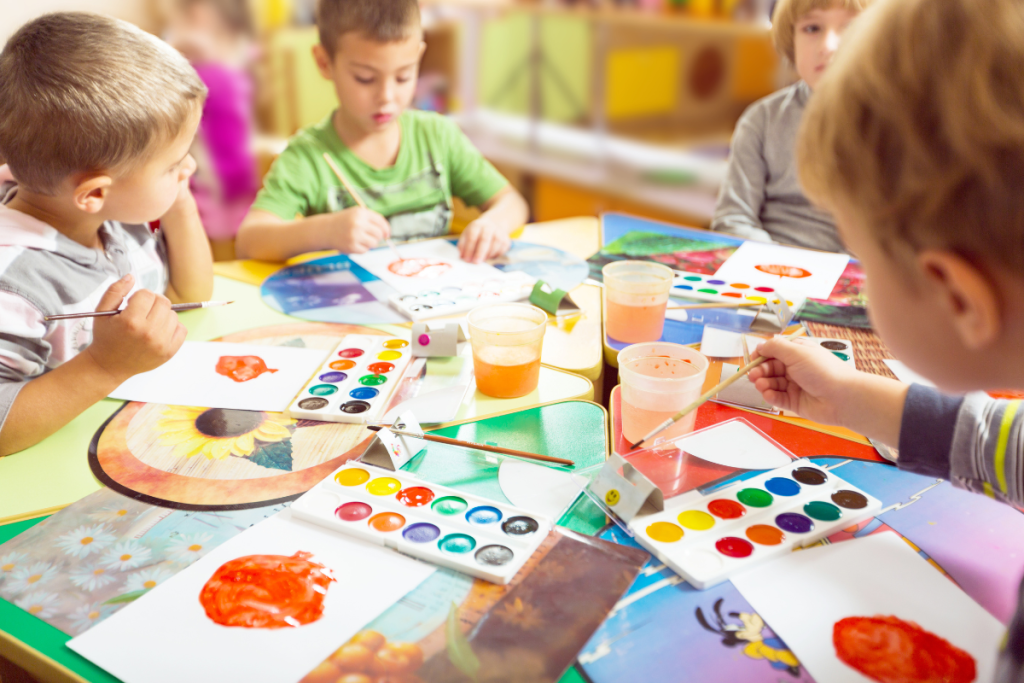
- Boosts Confidence And Self-Esteem: Playing with age-appropriate toys can make children feel accomplished and proud of their abilities. This can boost their self-esteem and confidence, which can assist their overall health.
- Fosters Socialization: Toys that encourage social interaction and cooperation, such as board games, can help children develop important social skills like sharing, taking turns, and communicating effectively.
- Reduces Stress: Playtime with age-appropriate toys can provide a fun and relaxing outlet for kids, helping to reduce stress and anxiety.
Choosing the right toys for children is an important decision that can affect their development, safety, and enjoyment. Parents can choose toys that promote learning, creativity, and fun by taking into account elements such as age, interests, and individual needs. Whether it’s building blocks, sensory toys, or active play equipment, there’s a toy out there for every child.
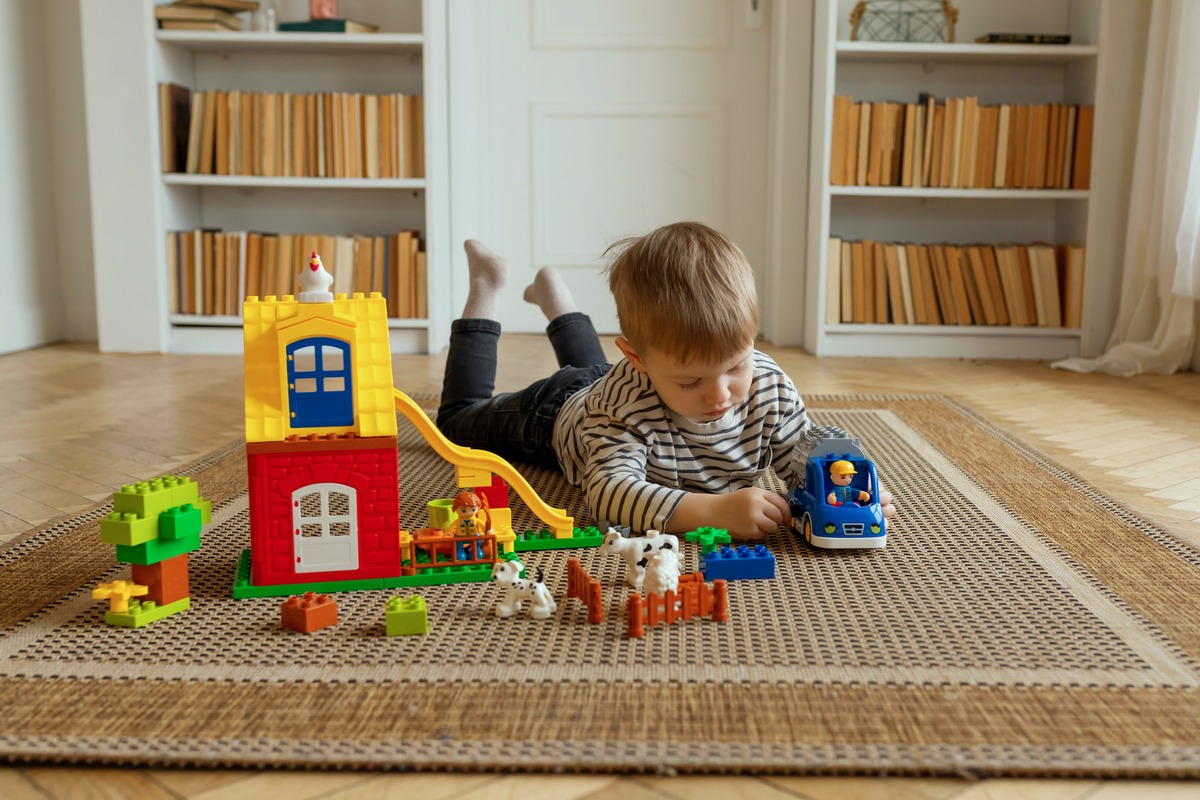
Leave a Reply